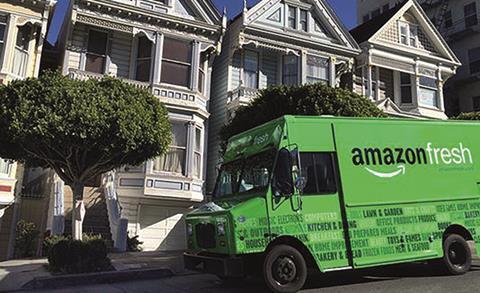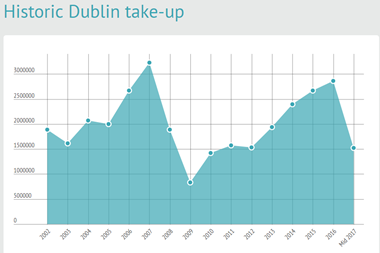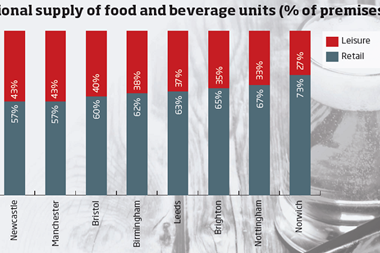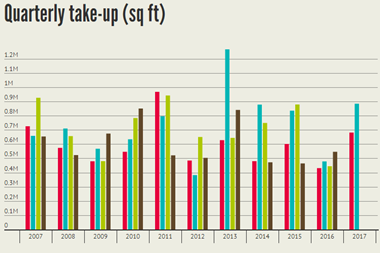Watching a clock without a second hand can give the illusion that nothing is happening, that time is standing still. Watch for long enough and you start to see small movements, but over a year these incremental gains all add up.

Looking back over 2016, the evolution of the logistics and supply chain industry might, at first glance, appear to have been imperceptible.
Spend a little more time looking at all that has happened and it becomes clear that the pace of development and change has been, and continues to be, more rapid than one might realise.
So what should we all have spotted during 2016? Well, progress is being made on so many fronts but I think that there are four key trends on the clock.
1) Market domination
First, the strong are getting stronger, with large players such as Amazon and DHL continuing to dominate the market.

Indeed, Amazon’s dominance only seems to be growing. It has taken more and more space while continually looking for new opportunities to offer more services and own a larger part of its supply chain.
Only last month, Amazon launched a free one-hour restaurant delivery service in a bid to outdo rivals Deliveroo and UberEATS.
2) Same day pays
Secondly, same-day delivery and same-day click & collect are no longer a ‘nice-to-have’ - they are a ‘need-to-have’. Many of the traditional retailers continue to recognise the need to provide more and more convenient ways to marry customers with their groceries.
Indeed, both Sainsbury’s and Tesco are rolling out same-day click & collect programmes, while Amazon, with its Prime members, has also launched its Dash touch-button technology.
3) Foreign financial firepower
Thirdly, foreign investment continues to pour into the UK with both new overseas e-tailers and investors entering the market.
All highlighting the relatively muted impact that Brexit has had on the logistics sector to date. Companies such as China’s 4PX and US firm Wayfair have both leased major sites, while Korean, Singaporean, Malaysian, US and many other international investors have made significant acquisitions.
4) Location, location, location
Finally, a focus on location has gained prominence. This has not just been about creating efficiencies, for example being located in the Midlands’ ‘Golden Triangle’, offering access to 85% of the UK market within a four-and-a-half-hour drive.
It is also about sourcing suitably qualified employees in sufficient numbers from the area immediately surrounding a site.
Foreign investment continues to pour into the UK, highlighting the muted impact Brexit has had to date
While it would be wrong to describe 2016 as a year of dramatic change, the nature of the logistics market is that it is in a perpetual state of evolution.
New technologies continue to have an impact on shopping habits and the expectations of the consumer are rising so fast that they create something of a barrier to new, smaller players trying to get into the market.
With drone and driverless technologies just around the corner, and with the potential to raise the bar even higher, 2017 should be another interesting year.
Alex Verbeek is senior vice-president and managing director UK, IDI Gazeley






























No comments yet